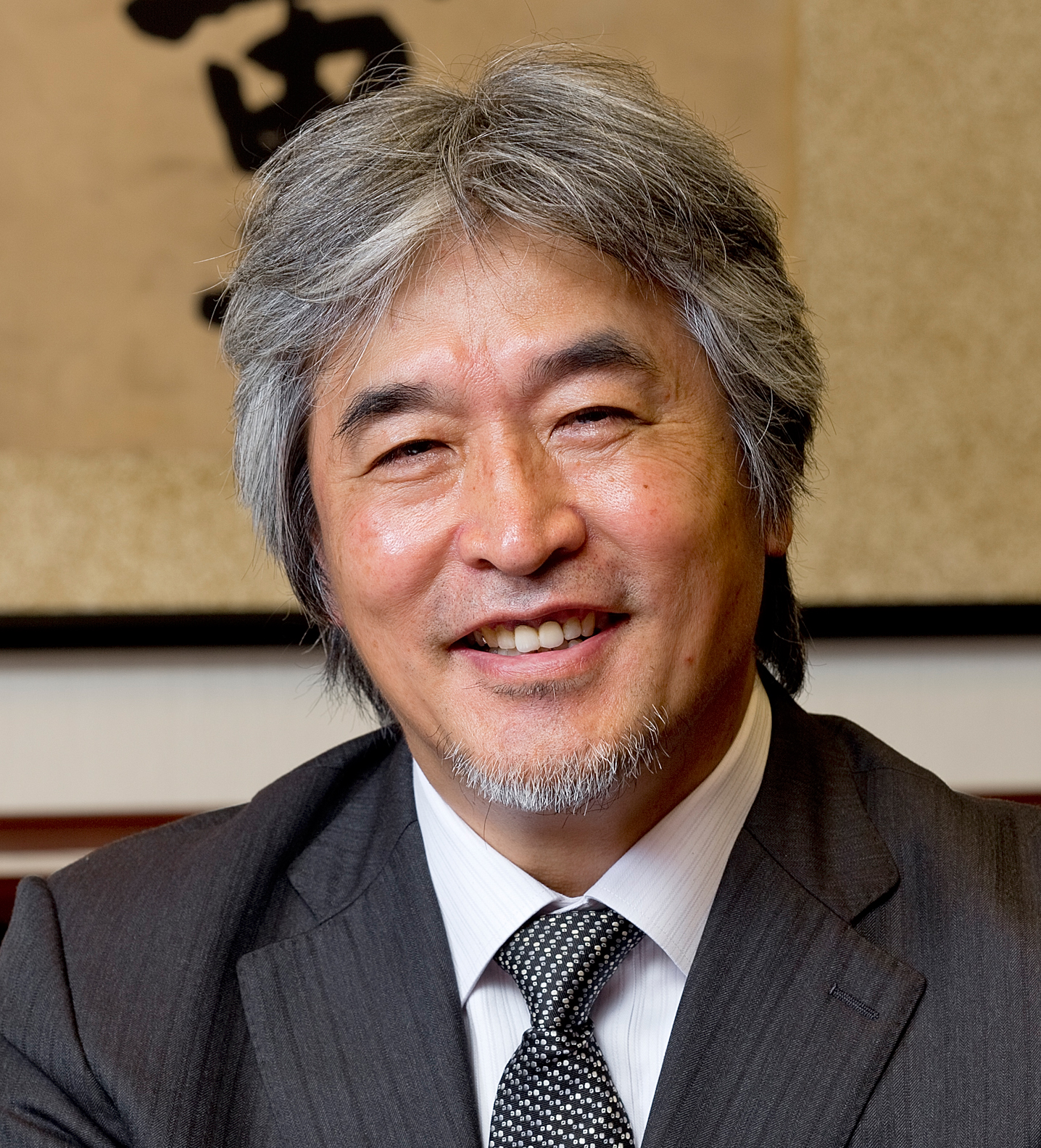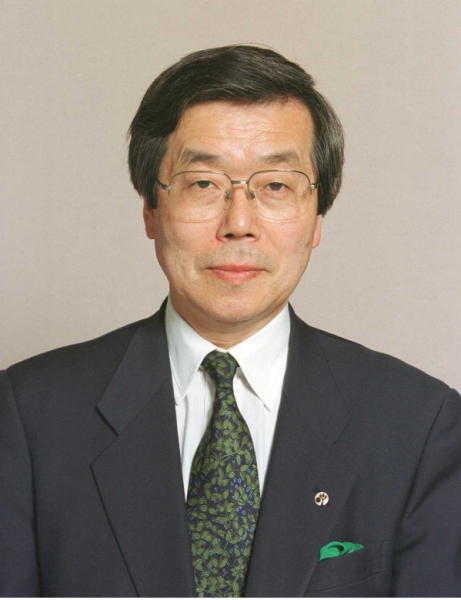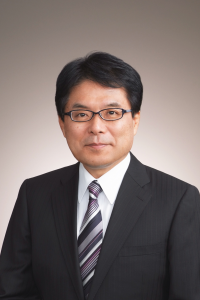Thinking about Terminal Care for the ElderlyChapter 3: Thinking from the perspective of onsite home medical operations
The era of multiple deaths is coming in Japan. There were around 1.2 million deaths in 2014, but 2025 is projected to see annual deaths of 1.6 million. Cancer, which comes at the top of the rankings of causes of death, is said to be a national disease, and 50% of Japanese nationals suffer from it. Currently, one in three people die of cancer, but the percentage is anticipated to reach 50% going forward.
1. What I learned through working as a hospice doctor in the palliative care ward

Yamazaki Fumio, Care Town Kodaira Clinic Director
After working as a surgeon for 16 years, I learned many important things by working as a hospice doctor. First of all, it is crucial to palliate painful symptoms to help patients live human lives. It is basically important to set patients free from pain, even if their diseases are incurable. Currently, it is said that the application of pain-palliating treatments using “the WHO model” can solve 90% of the pain caused by cancer. Next, you should not lie to patients. What is significant to patients is how they will spend the remainder of their limited lives. Strong support for patients can help them to accept the bitter reality and attempt to live with that reality.
It is important to support the lives of patients by organizing teams made up of multiple people. Doctors and nurses alone cannot support patients. Sometimes there is a need for social worker and religious support. Under Japan’s current medical system, paid personnel alone cannot support patients around the clock, and it is important to cooperate with volunteer workers who support activities that require additional help.
Patients sometimes miss the significance of living the rest of their lives, and providing them with encouragement in such a situation could lead to causing them to attempt to make singlehanded efforts. There is no other choice for supporting staff but to accept the pain and difficulty that patients face and to continue providing sincere and honest care services. Such efforts can help patients to gradually think, “I will now live my life to the end in this way.” Such care is difficult for general hospitals to practice and provide.
I learned these things by working as a hospice doctor, and I believed that it was appropriate care. Currently, however, hospice service recipients are mainly limited to cancer patients in Japan. Thinking about how I should provide hospice care services to patients other than cancer patients as well, I started to provide home medical care without limitations based on the types of diseases and the accommodation period of facilities.
2. Care Town Kodaira Clinic
We considered providing community-based hospice care services. Home care service providers, including doctors, nurses and nursing care staff, visit patients separately, but if they return to the same place, they can share information just like a hospice.
Care Town Kodaira operates services in a three-story building managed by Akatsuki Memorial Exchange Fund Co., Ltd. On the first floor are an individually operated clinic, a home nursing care service office operated by the Community Care Link Tokyo, an NPO, a home nursing station and a day service. Akatsuki Memorial Exchange Fund Co., Ltd. manages food distribution services. In addition, the building also includes a childcare support space and a volunteer room for the NPO. There are about 80 volunteer registrations. Care Town Kodaira Clinic provides around-the-clock services through the operation of three full-time doctors.
To cover the management costs of the building, the Akatsuki Memorial Exchange Fund has one-room apartments called “Ipukku-so” on the second and third floors for people who have difficulty living in common apartment buildings, such as elderly and disabled people. These apartment rooms appear to be a facility, but they do not involve any services, and all medical and nursing care services are provided separately.
Care Town Kodaira sets specific visiting areas: within a radius of two kilometers for day services with shuttle services; within a radius of three kilometers for home nursing care services involving the occasional use of bicycles; and within a radius of three to four kilometers for clinical services. Patients have to wait for home services at their homes, and their service areas were set with consideration for arriving at the homes of patients within 30 minutes.
For the patients to whom we have provided care services in the last three years, we were able to attend the deathbeds of 86% of 235 cancer patients and 74% of 27 other patients in their homes. Some 70% of those who wish to spend the final days of their lives at home can realize their wishes of breathing their last at home with family members who can deal with their wishes through nursing care and a care team.
Dying at home means that patients can be the main players in their lives to the end. Dying at home means the avoidance of excessive medicine and the alleviation of pain. Dying at home also means that families can have a sense of accomplishment from achieving the goal of attending the deathbeds of patients.
3. Care for the families of patients
It is important for people who are feeling the sadness of losing loved ones to gather and talk with other people who have undergone similar circumstances and share their feelings with one another. That is why such people organize the society of the bereaved. The bereaved include people who have lost their spouses, people who have lost their parents and people who have lost their children. Each of these people feels a different type of sadness.
Through exchange gatherings, the bereaved who meet one another for the first time often speak about how they felt while their beloved patients were receiving care and how they are feeling after their deaths. Some of these people confess that although they made continued efforts to contain their sadness within their hearts, they did not need to work hard on it during the gathering.
About 20% of the volunteers who support Care Town Kodaira are the bereaved. The people who have provided help are now helping us, and we have begun to experience new connections between community residents.
The bereaved society “Tree of Care” was organized five years ago. There are some 70 to 80 bereaved people who have had the experience of attending the deathbeds of their loved ones at home every year within a radius of three to four kilometers in the service area of Care Town Kodaira. Attending the deathbeds of one’s loved ones means family, including young children, actually seeing the deaths of their loved ones in real home situations. As they see their loved ones every day, they accept their changes as something natural and inevitable. If family takes the proper care of removing pain from their loved ones, they come to be unafraid of dying. Sometimes you see young grandchildren softly stroking their grandparents who are going to die soon.
I believe that if we continue and expand our activities, we will be able to effect a change in society, which has attempted to alienate death to this day. Volunteer workers include the bereaved of patients, and we are now seeing a gradual cycle of being helped by those whom we helped when they attended the deathbeds of their loved ones. We believe that patients who live alone can spend their lives at home to the end as long as the following three conditions are met:
(1) Around-the-clock specialized medical and nursing care services are available.
(2) There is some nursing care until patients die.
(Home nursing care based on nursing care insurance, family, relatives, acquaintances, friends, volunteers and self-paid helpers)
(3) Private insurance with benefits for home palliative care becomes more commonly available.
(Using the service of self-paid helpers for areas that cannot be covered by the home nursing care of nursing care insurance)
4. Proposal to establish “clinics specializing in providing home palliative care services”
Currently, home medical care is essential for a comprehensive regional care system that the government is implementing as part of its national policies. Most “regular doctors” who play a central role in the system are general practitioners who singlehandedly provide outpatient medical services. This system makes it difficult to provide around-the-clock services.
There is a system involving “enhanced function-based” home nursing care support clinics provided by more than three full-time doctors. If you can secure three doctors or so, they can take breaks and provide around-the-clock services. However, this system involves less strict conditions, such as track records of annual deathbed attendances. Therefore, the system is insufficient for the provision of home palliative care services.
For instance, for the periods of home deathbed attendances for cancer patients we have handled to date, about half of them died within one month of the start of home nursing care. It is necessary to take care of the various physical and mental pain conditions of patients who are going to die soon during this period of time and provide support to their family members, who are experiencing anxiety. To achieve this, it is essential to secure prompt around-the-clock team hospice care provided by highly specialized doctors and nurses.
I am considering proposing the institutionalization of clinics specializing in providing home palliative care services. This clinic is designed to principally provide around-the-clock treatment services for home terminal cancer patients who are going to die within a short period of time, and also to attend the deathbeds of non-cancer patients. This system will be managed in combination with home visit nursing care stations for palliative care and palliative care managers with the incorporated requirements of annual attendances of more than 40 deathbeds and a home deathbed attendance rate of more than 50%. I believe that if this method can be incorporated into a comprehensive regional care system, we will be better placed to cope with the arrival of the era of multiple deaths in 2025.
Translated from “Koreisha no Shumatsuki-iryo wo Kangaeru – 3 Zaitaku-iryo no Genba kara Kangaeru (Thinking about Terminal Care for the Elderly, Chapter 3: Thinking from the perspective of onsite home medical operations),” “Koreisha no Shumatsuki-iryo wo Kangaeru” (booklet), June 2015, p. 20-25. (Courtesy of Japan Productivity Center) [June 2015]




